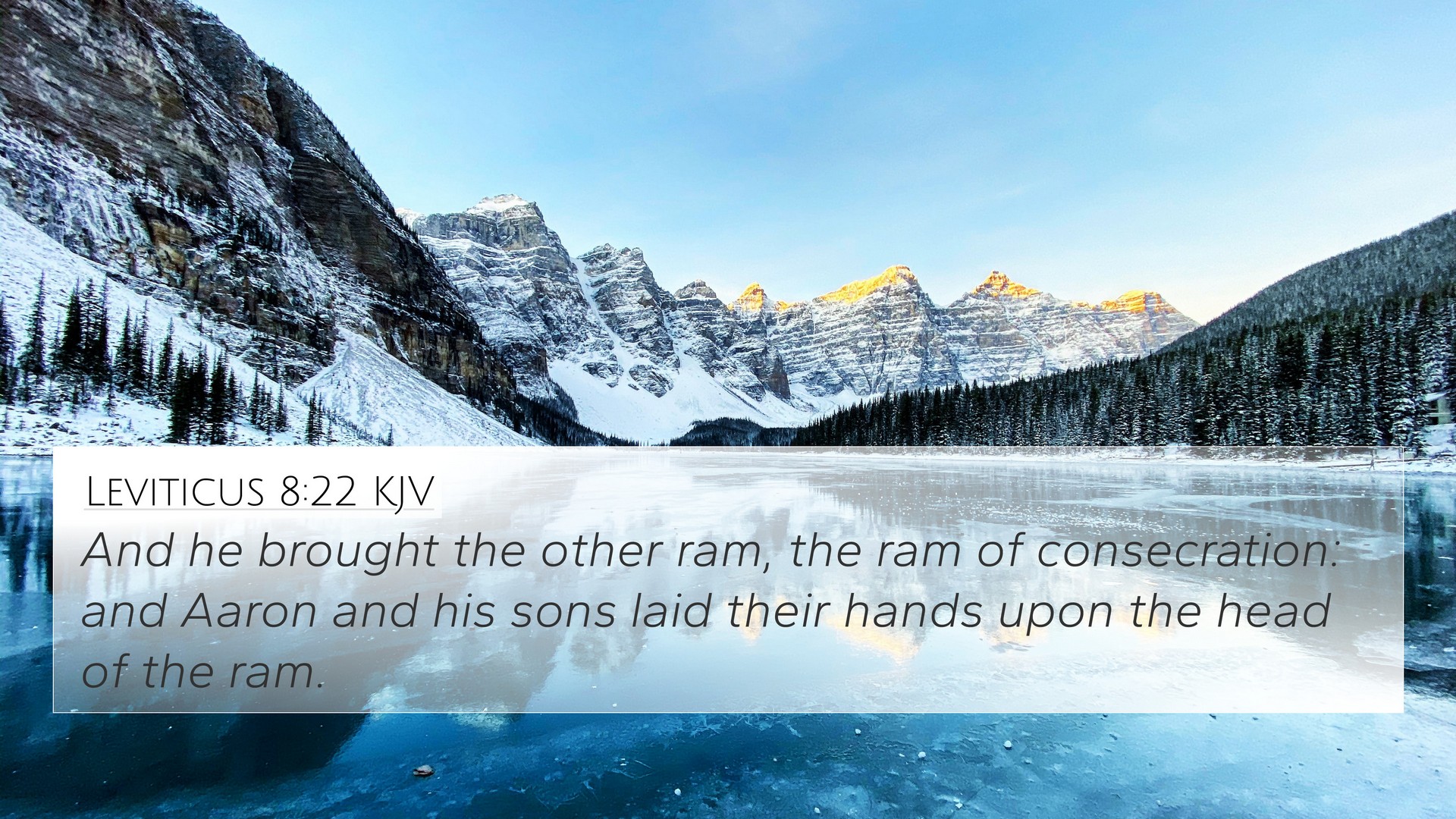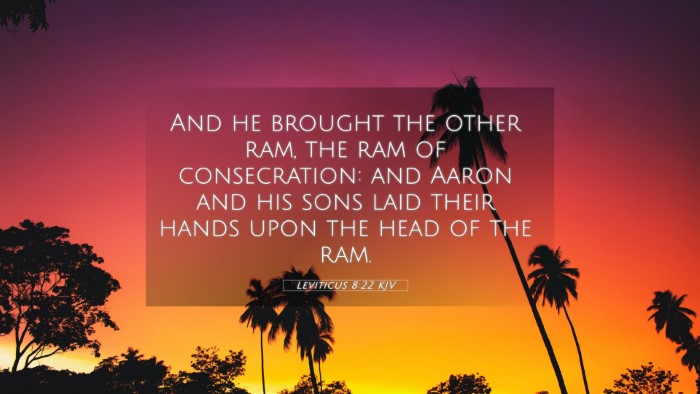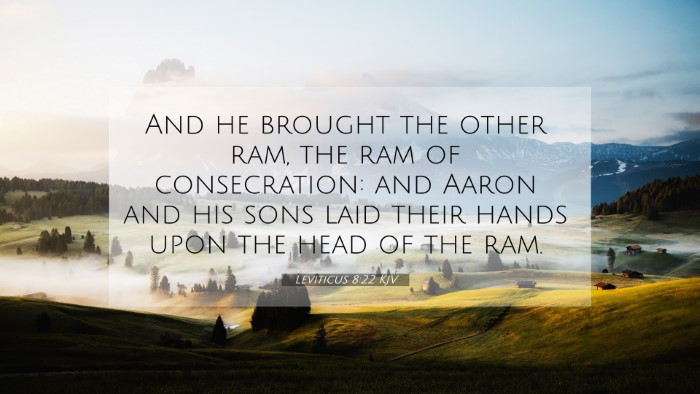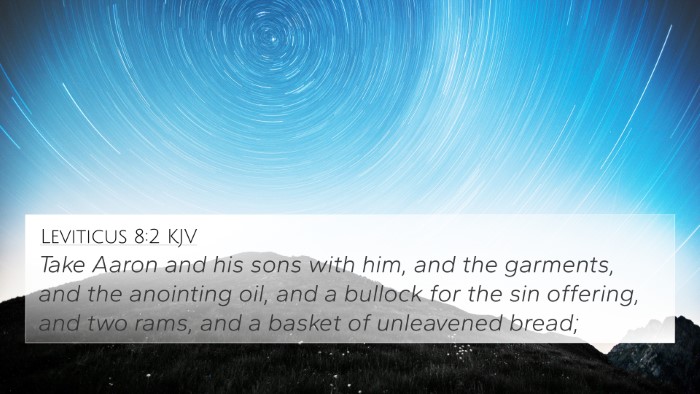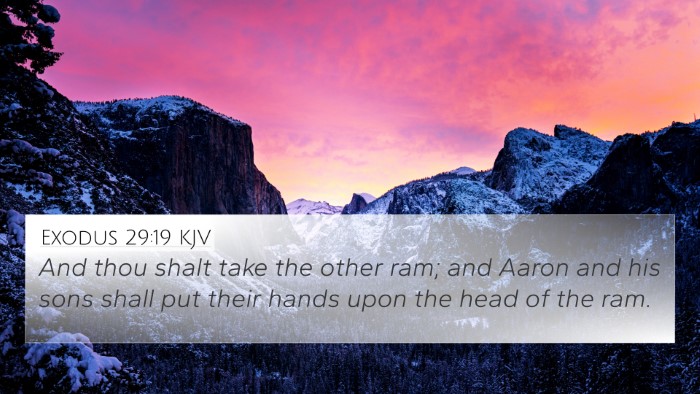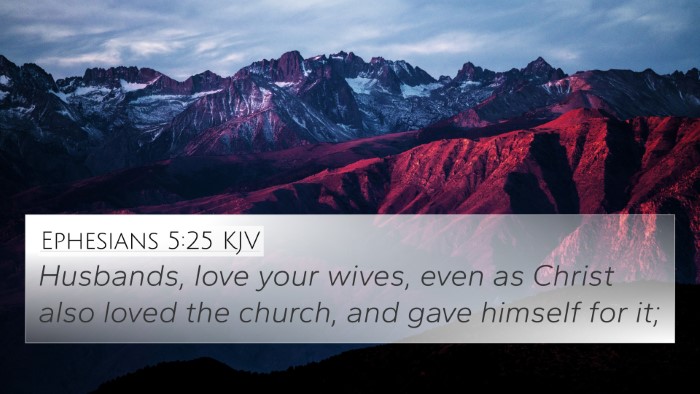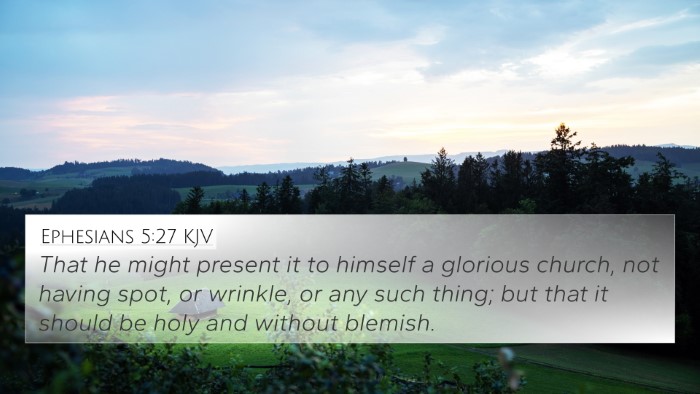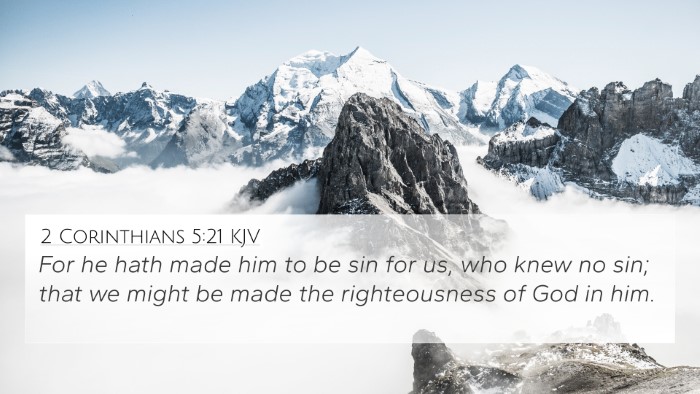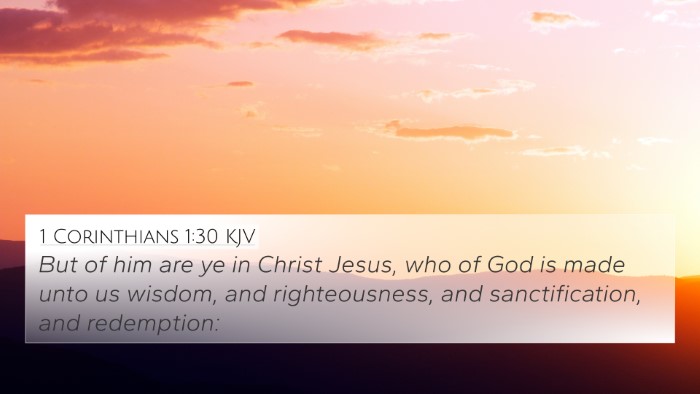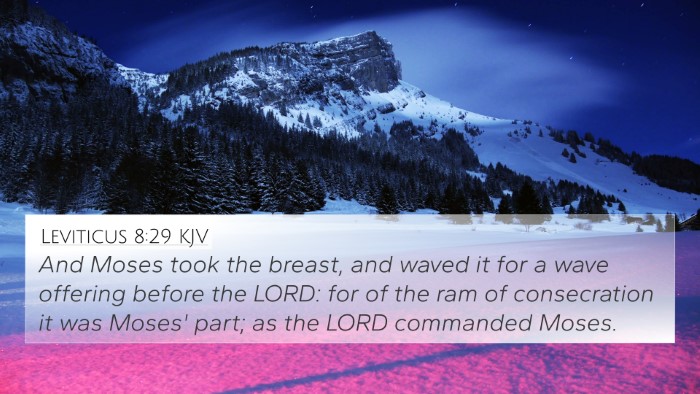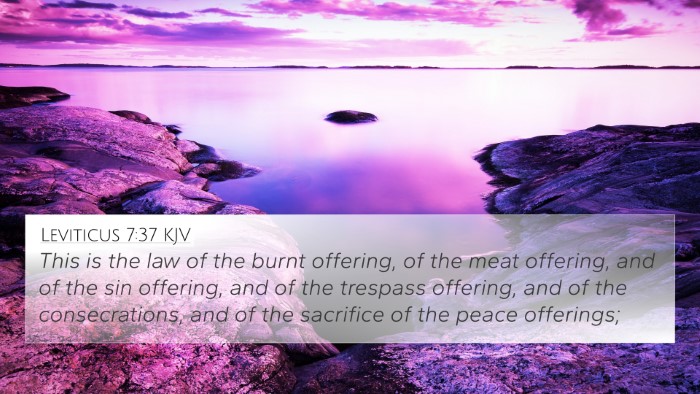Understanding Leviticus 8:22
Verse: "And he brought the second ram, the ram of consecration. And Aaron and his sons laid their hands upon the head of the ram." (Leviticus 8:22)
Summary of Leviticus 8:22
This verse details a significant ritual in the consecration of Aaron and his sons as priests. The laying on of hands represents an act of identification and transfer of responsibility, connecting the priest with the offering being made. This ceremonial act underscores the importance of priestly duties and their relationship to God and the people.
Commentary Insights
-
Matthew Henry:
Henry emphasizes the act of consecration as a solemn commitment to God. He highlights that the hands of Aaron and his sons signify their acceptance of their roles as mediators between God and Israel. This act represents the importance of being fully submitted to God’s will.
-
Albert Barnes:
Barnes points out the symbolism of the ram as a sacrificial offering representing dedication and atonement. He notes that the laying of hands is fundamental in establishing the connection between the priests and the sacrificial act, thus reflecting a deeper communal relationship with God.
-
Adam Clarke:
Clarke delves into the particulars of the consecration process, explaining that the ritual signifies the beginning of the priesthood. He also stresses how this act is a precursor to the purposes of the Jewish law and the ultimate redemption provided through Jesus Christ, drawing parallels to New Testament practices.
Bible Verse Cross-References
Several verses relate to Leviticus 8:22, showcasing the interconnectedness of biblical themes:
- Exodus 29:10-11: Discusses the sacrifice of the ram as part of the priests' consecration.
- Hebrews 7:27: Points to Christ's unique role as high priest, who offers himself as the ultimate sacrifice.
- Leviticus 1:4: Introduces the principle of laying hands on the sacrifice, linking to atonement for sins.
- Romans 12:1: Calls for believers to present themselves as living sacrifices, echoing the theme of consecration.
- 1 Peter 2:9: Describes believers as a royal priesthood, relating to the priestly identity established in Leviticus.
- John 17:19: Jesus speaks of sanctifying himself for the sake of those given to him, establishing analogous themes of consecration.
- Acts 13:3: Apostles lay hands on Barnabas and Saul, reflecting practices established in Leviticus retraining priestly commissioning.
- 1 Timothy 4:14: Encouragement to not neglect the gift given through the laying on of hands, reminiscent of the Levitical practice.
- 2 Timothy 2:21: Discusses the necessity of being set apart for honorable use, paralleling the concept of consecration.
- Luke 10:1: Jesus sends out his disciples, effectively anointing them into service, akin to the Old Testament practice of commissioning.
Thematic Connections
The act described in Leviticus 8:22 not only marks the beginning of the priestly role but serves as a powerful reminder of the themes of:
- Consecration and Dedication
- Atonement and Sacrifice
- The Role of Mediators in Faith
- The Transition from Old Covenant to New Covenant
Tools for Bible Cross-Referencing
Utilizing tools for Bible cross-referencing can enhance your study, enabling deeper insights into the connections between these and other verses. Reference materials include:
- Bible Concordances
- Bible Cross-Reference Guides
- Cross-Reference Bible Study Tools
- Comprehensive Bible Cross-Reference Materials
Conclusion
Leviticus 8:22 serves as a foundational verse in understanding the significance of priesthood, sacrifice, and consecration in the Old Testament, while also foreshadowing the ultimate sacrifice made by Christ. The connections drawn through cross-referencing enrich the themes presented and provide a broader understanding of God’s intention for His people.
